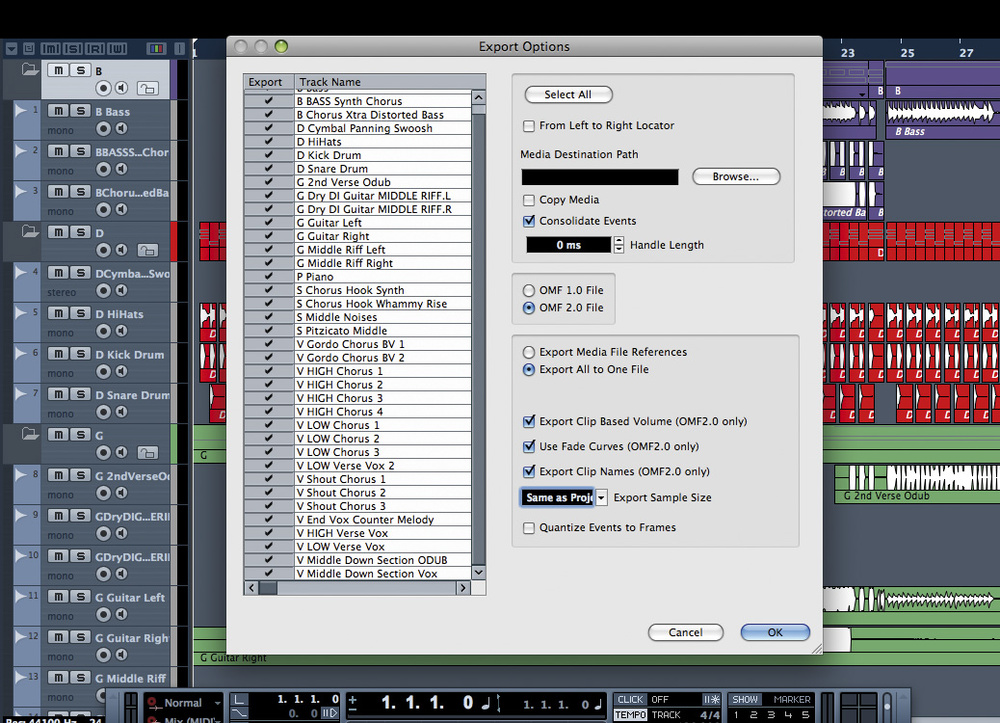
In this tutorial, we look at the earlier parts of the signal processing path – namely EQ and multi-band compression – that deal with the timbral qualities of our master, moving it away from the ‘colour’ established in the mix. Last time, we started at the end of the signal chain looking at limiting and compression. Beyond loudnessĪnother point of difference between the two workshops is that we move from simple loudness correction (that made our rough mix stand up against the loudness of commercial recordings), to a process that actively tries to enhance and fix certain elements of the mix. In many ways, mastering is a zen-like task of precision – a few considered actions in appropriate places rather than a haphazard form of sonic butchery. We also need to think about referencing (either between mastered and unmastered version of a song, or commercial recordings) and a more involved use of metering and analysis. The tracks that previously contained multiple different instruments are now used to distinguish between different songs.

Given this different set of objectives, you’ll notice that we take a different approach to the use and application of Logic, creating a workflow that is specific to the process of mastering. Nowadays, of course, this continuity of listening experience is less important (as musicians move away from an album to single tracks), although you may still be dealing with several songs in any one session. Mastering was traditionally the final stage in the production process – assembling, sequencing and processing 10 or so tracks to make a cohesive listening experience. Unlike last time, where mastering was applied directly across the stereo buss, this month’s workshop assumes you’re working from bounced stereo files and preparing them for delivery to a variety of streaming services.


We’ll also reference how mastering has changed in response to the rise of streaming and see how you can best deliver your music to a variety of platforms. As you’ll see, there’s plenty to take from our last workshop (especially in relation to loudness control), but in this part, we’ll see how a more professional approach involves a radically different workflow and a revised look at how you work with Logic Pro X. Having explored some ‘quick-fix’ mastering solutions in our last workshop, we’re now going to take a more in-depth look at a more professional solution to mastering – where the mix and mastering process are distinct and separate elements.


 0 kommentar(er)
0 kommentar(er)
